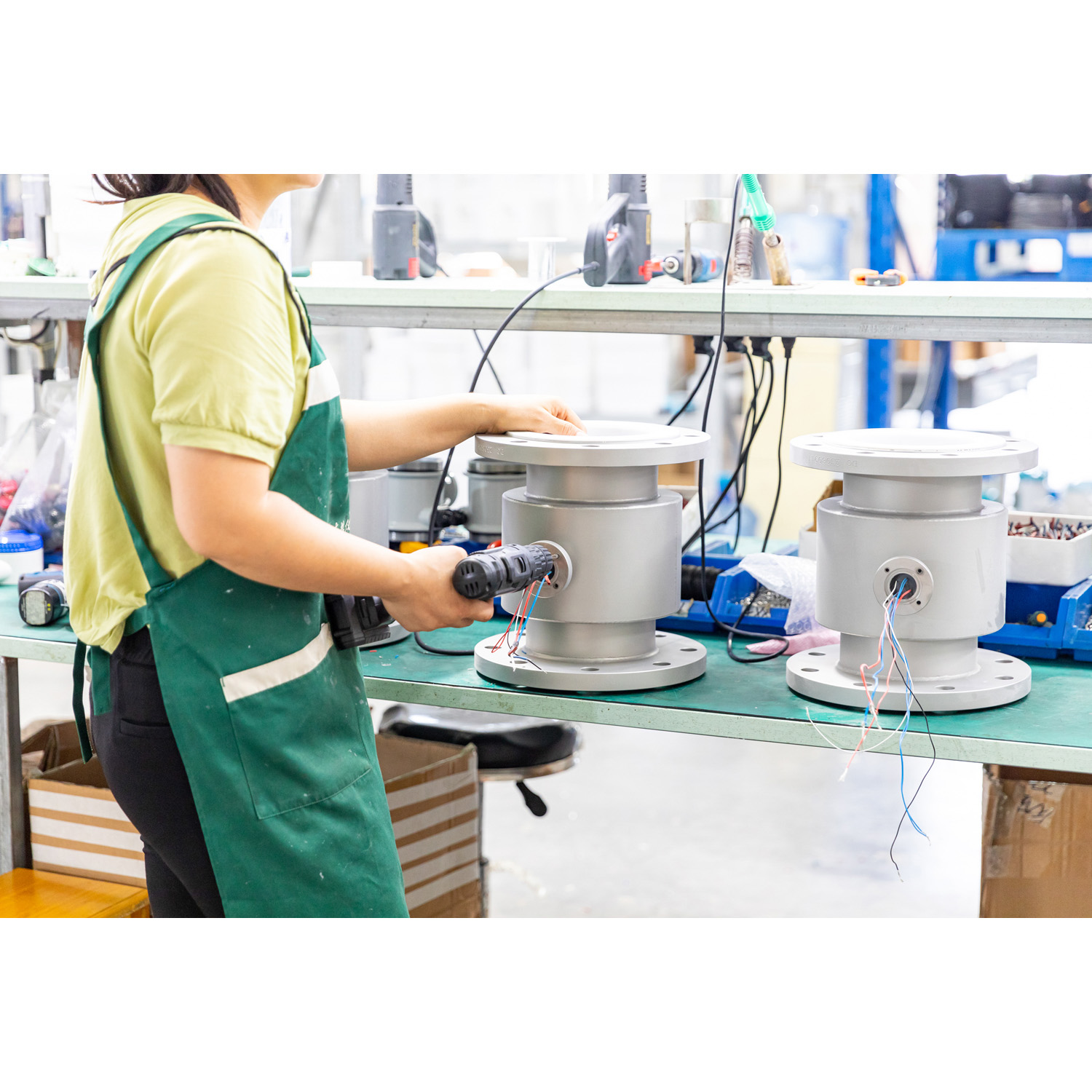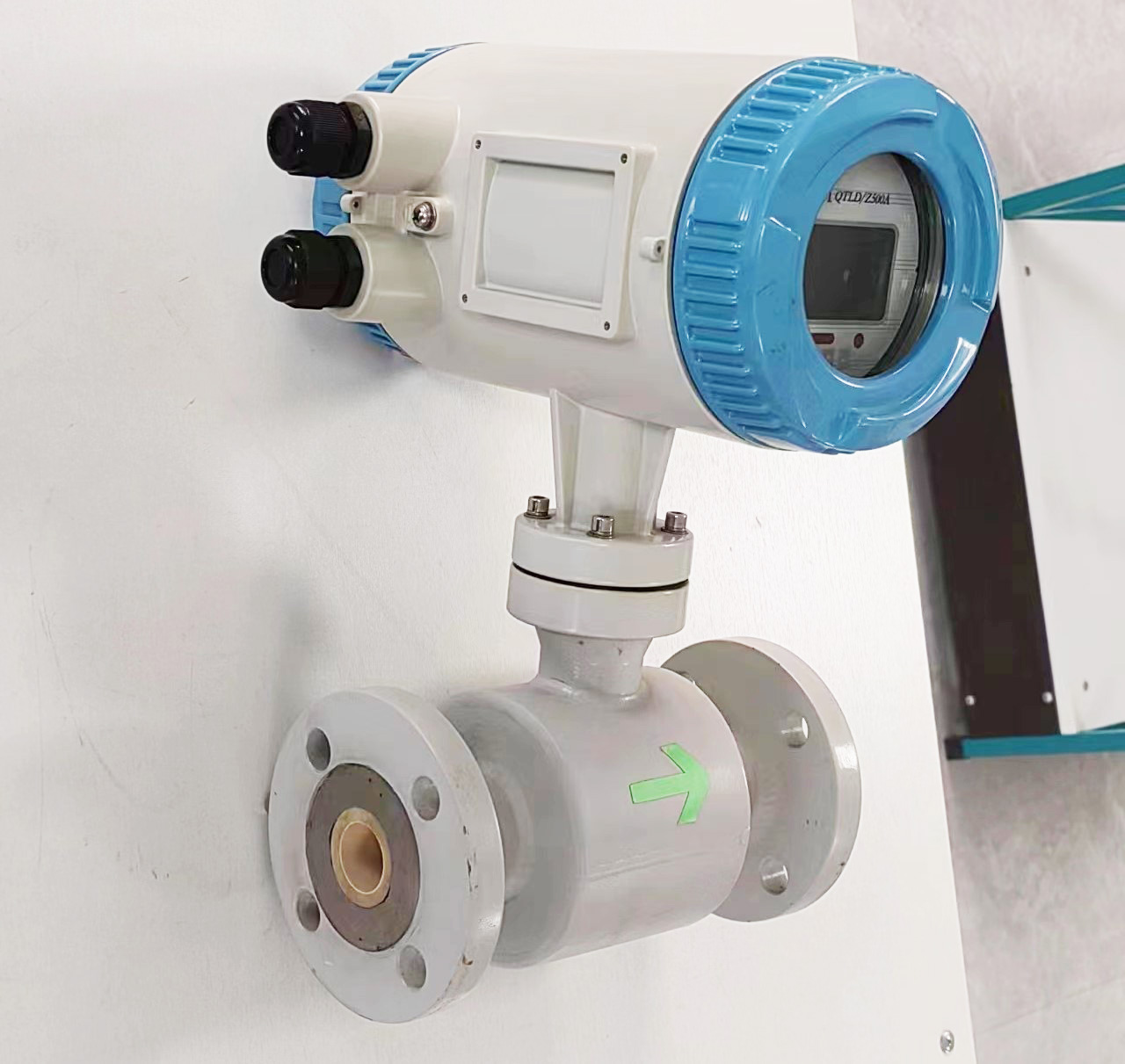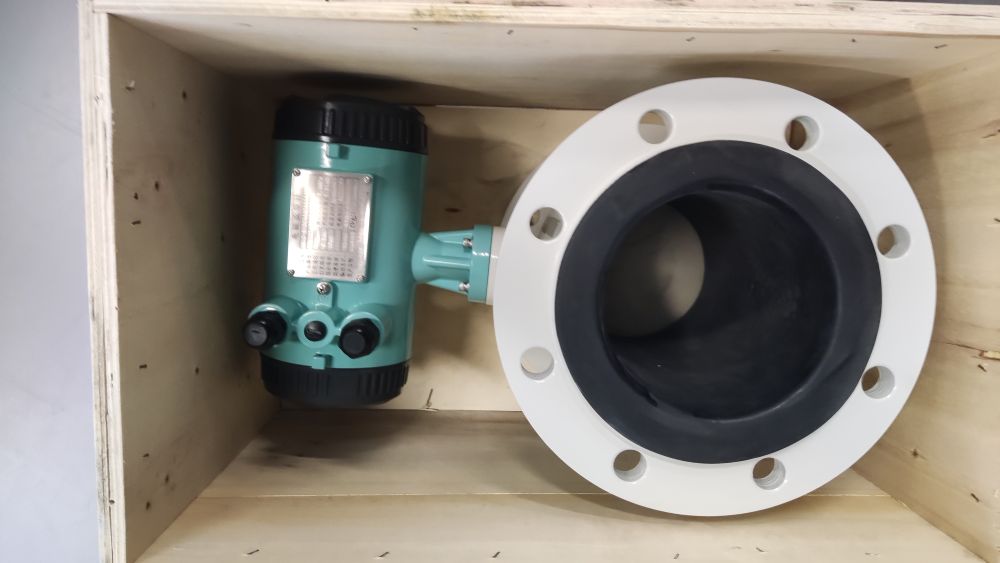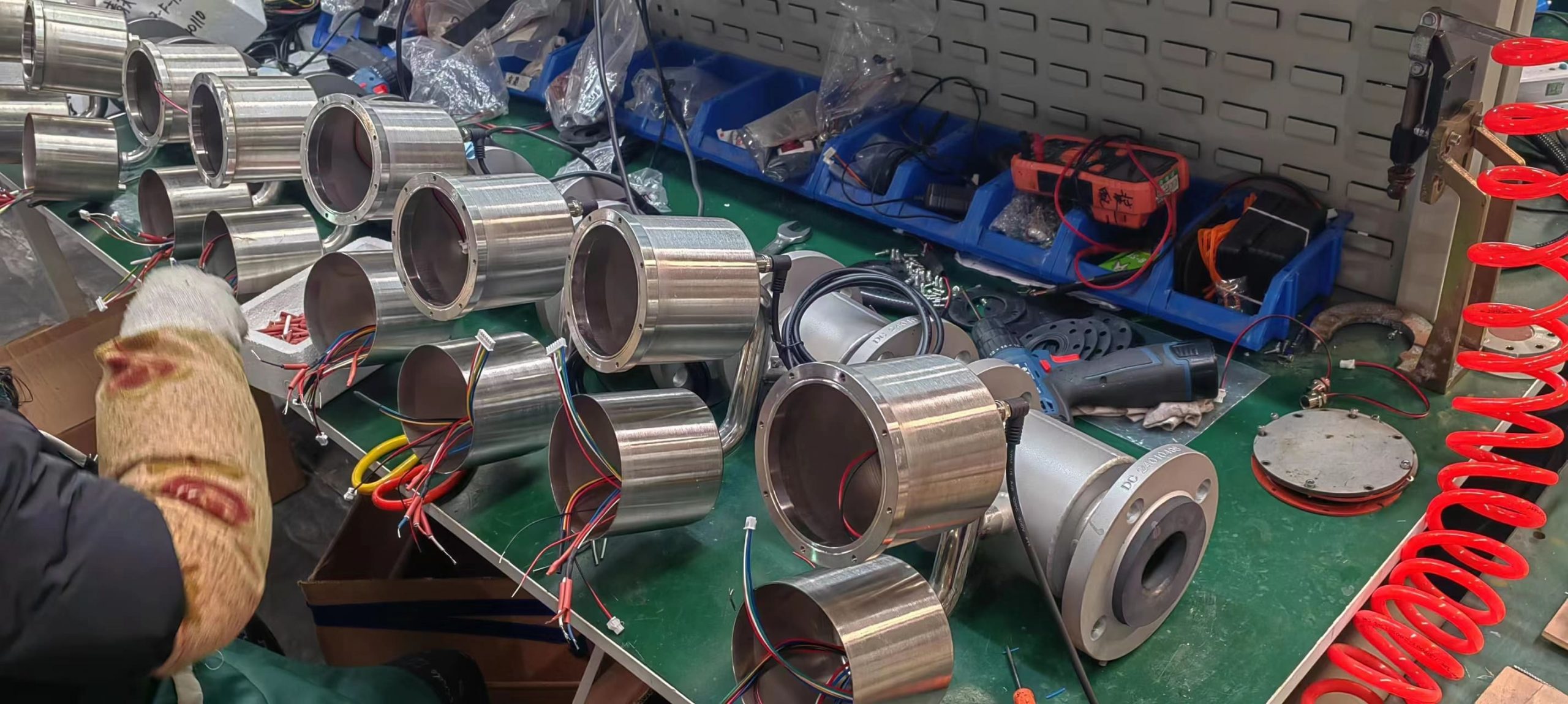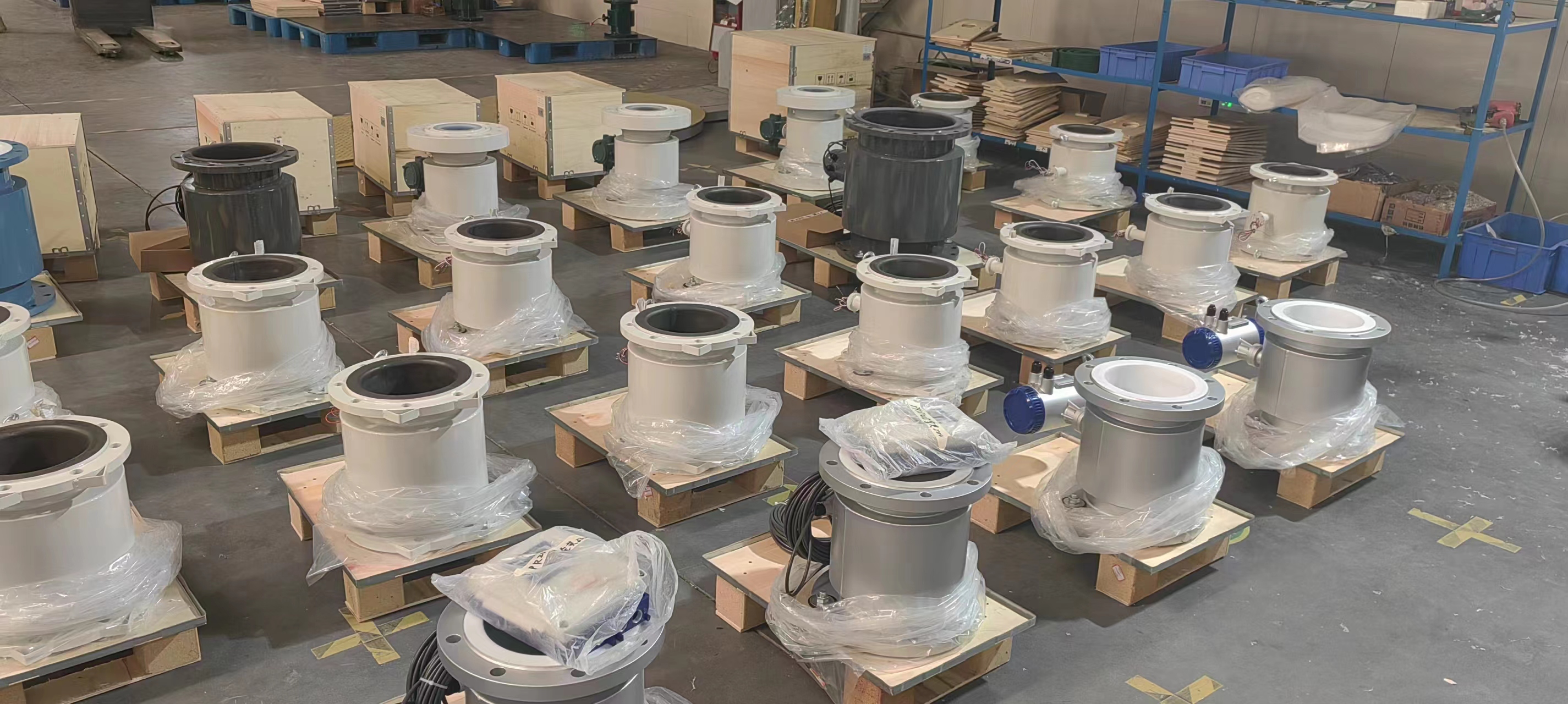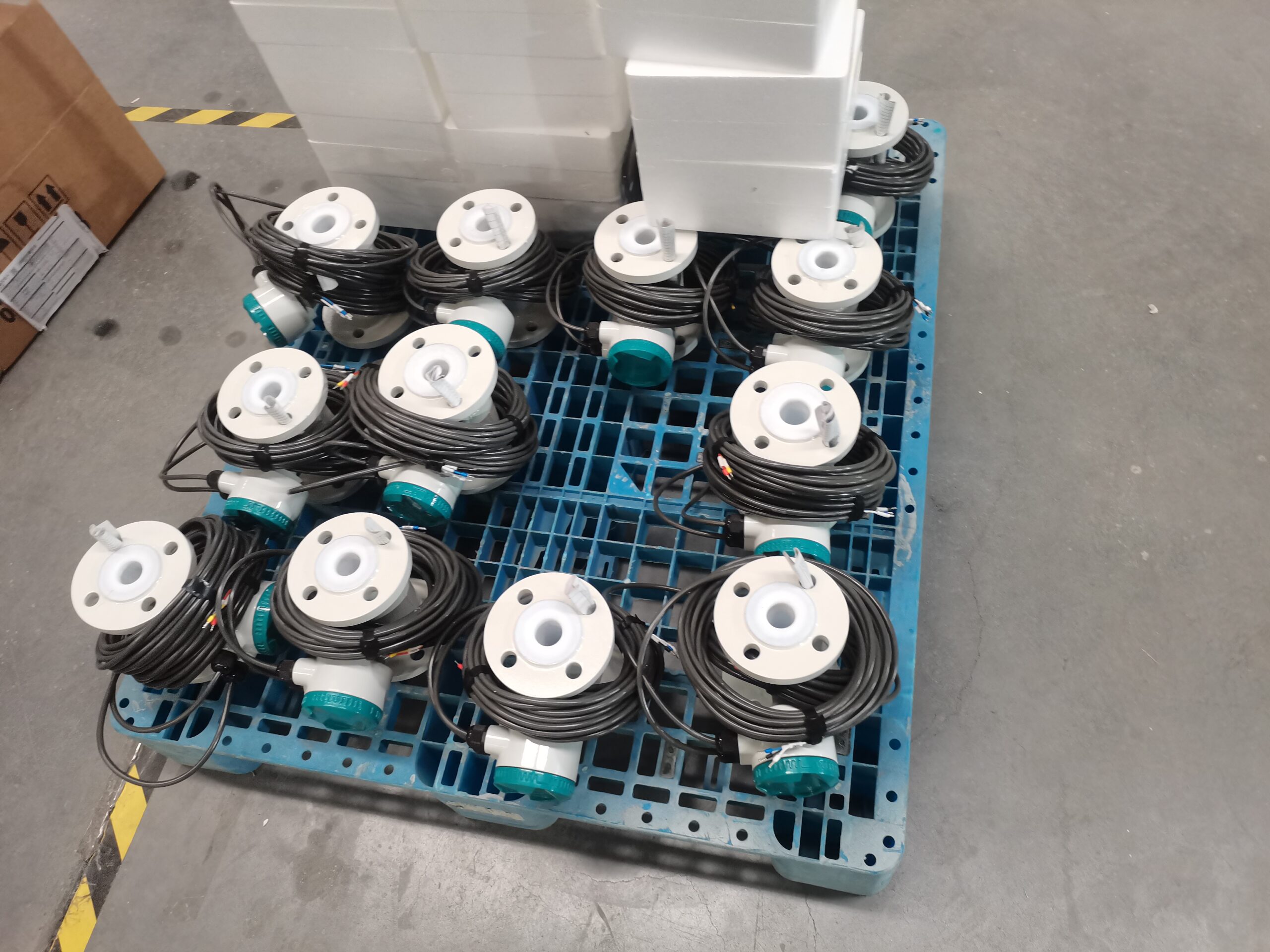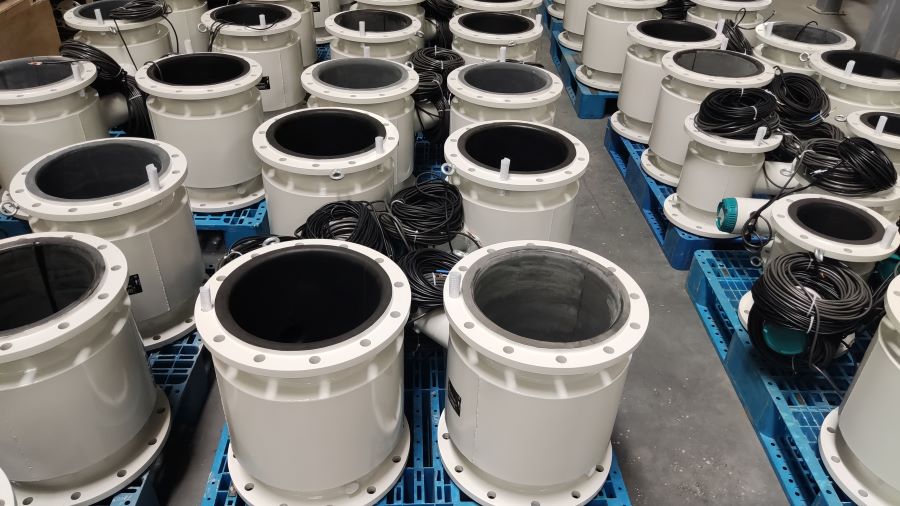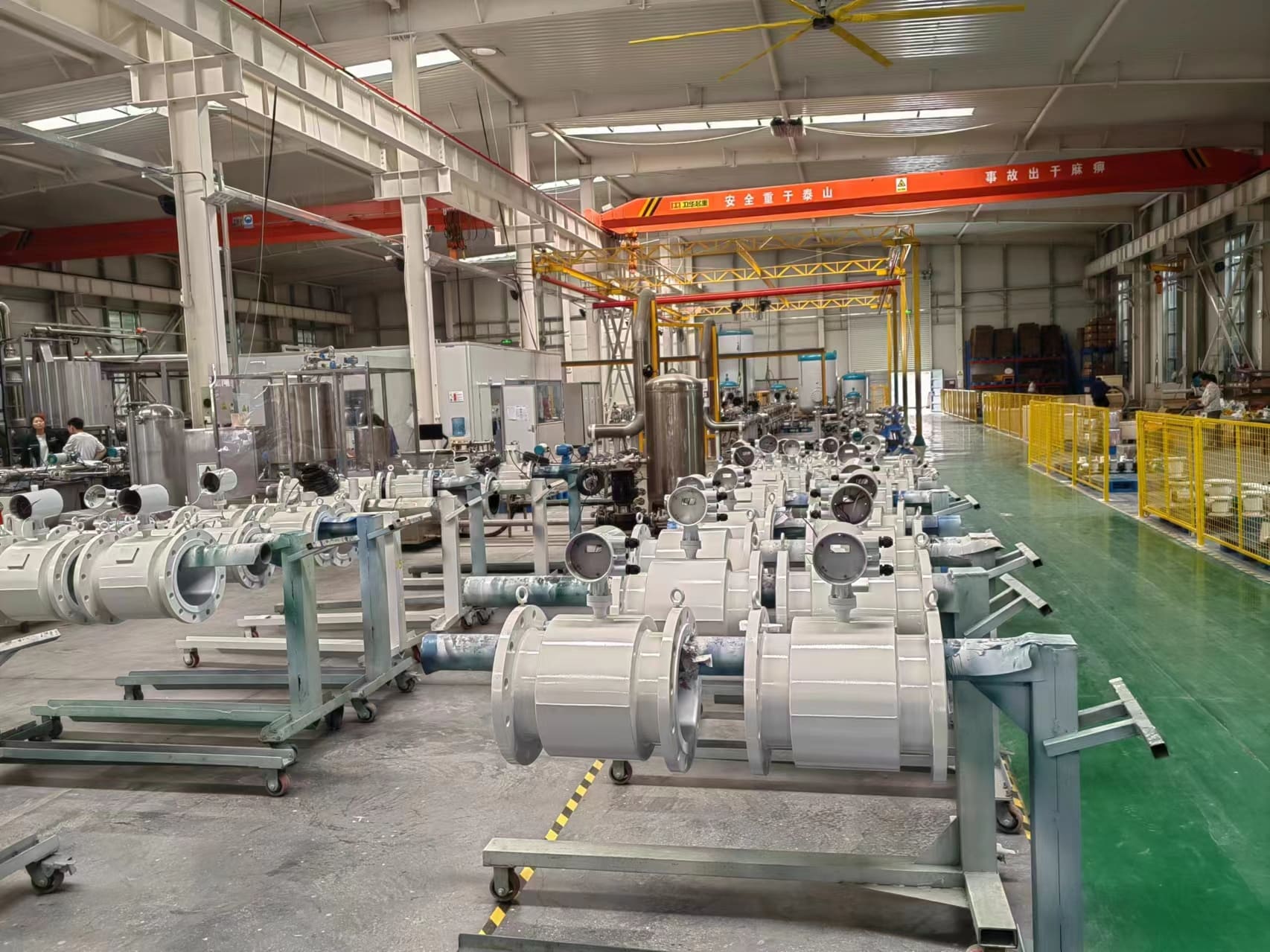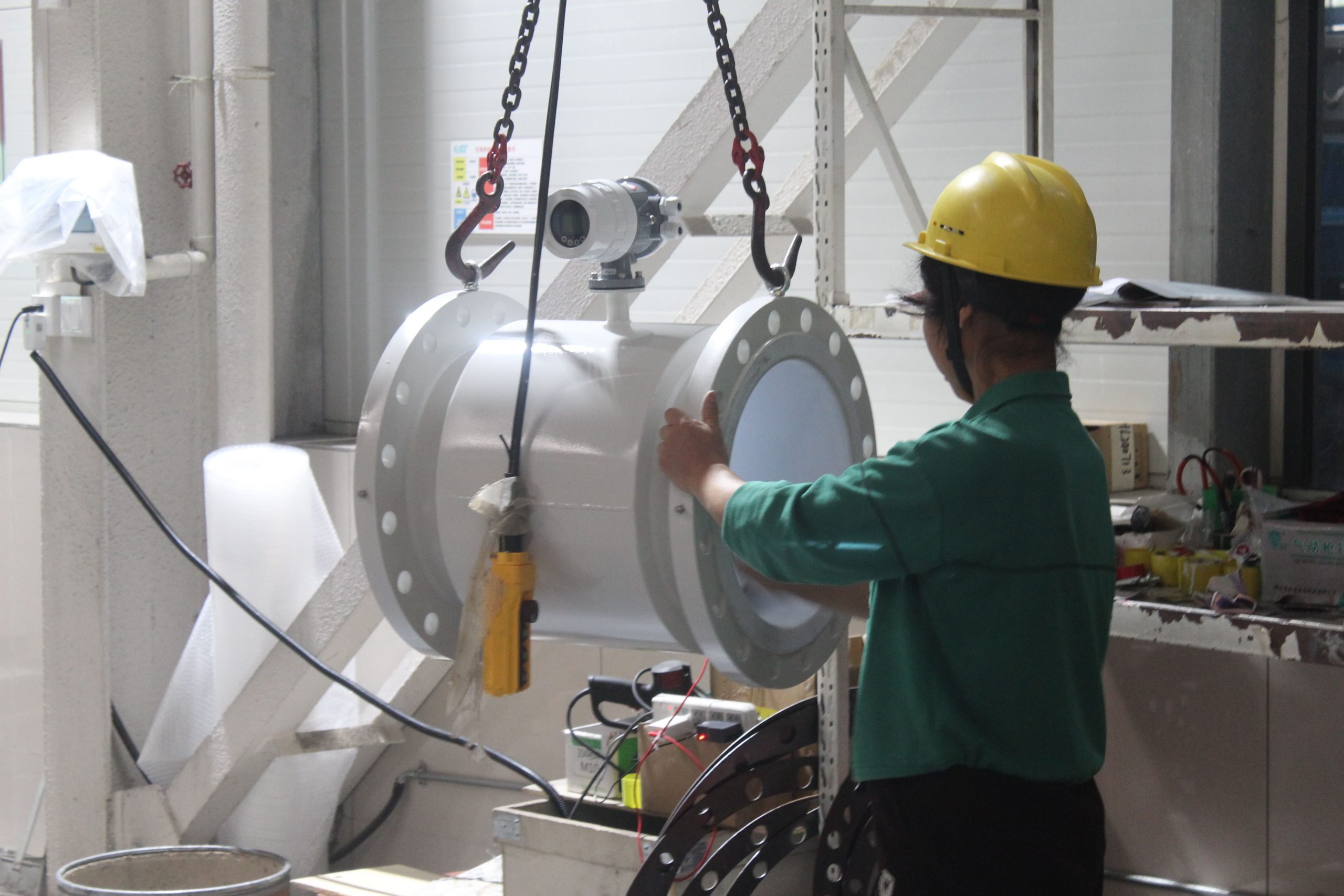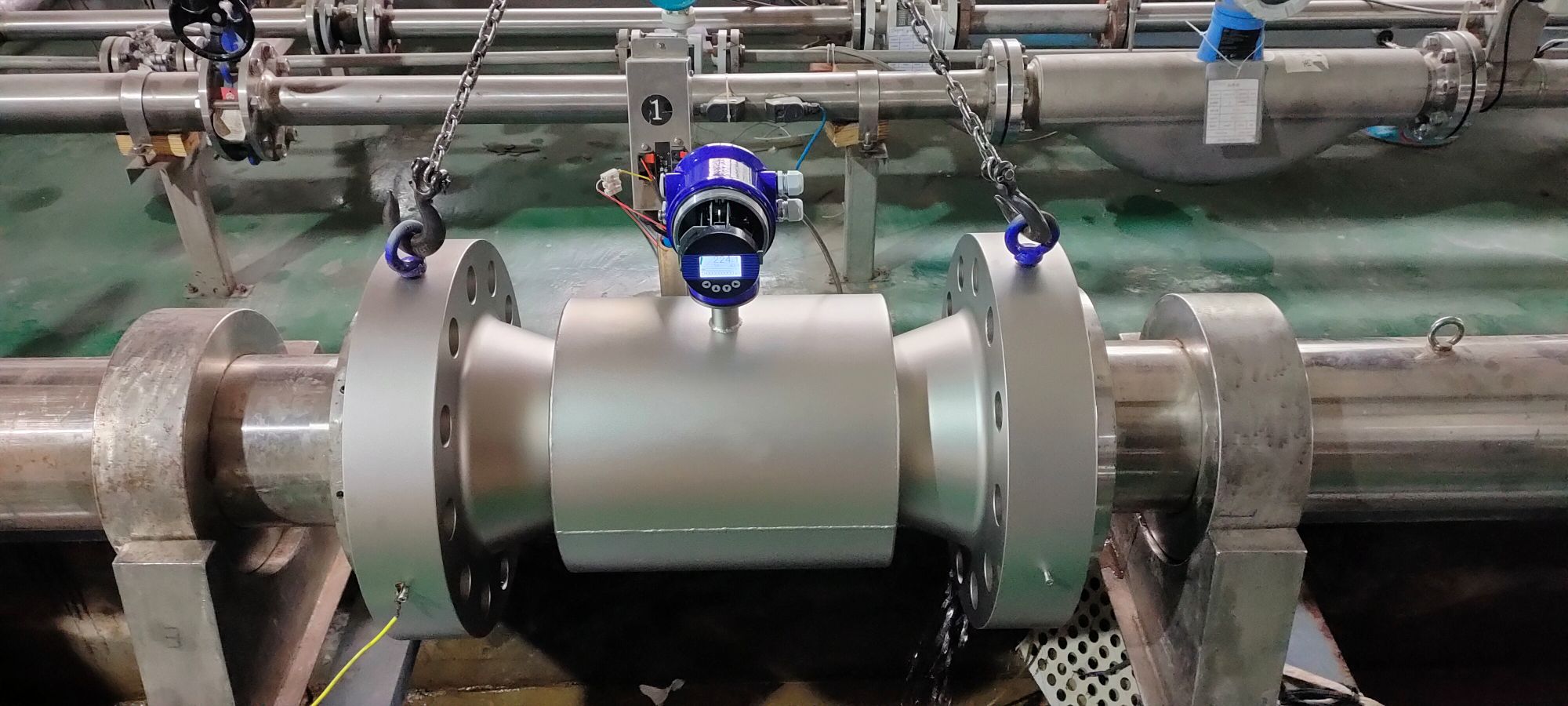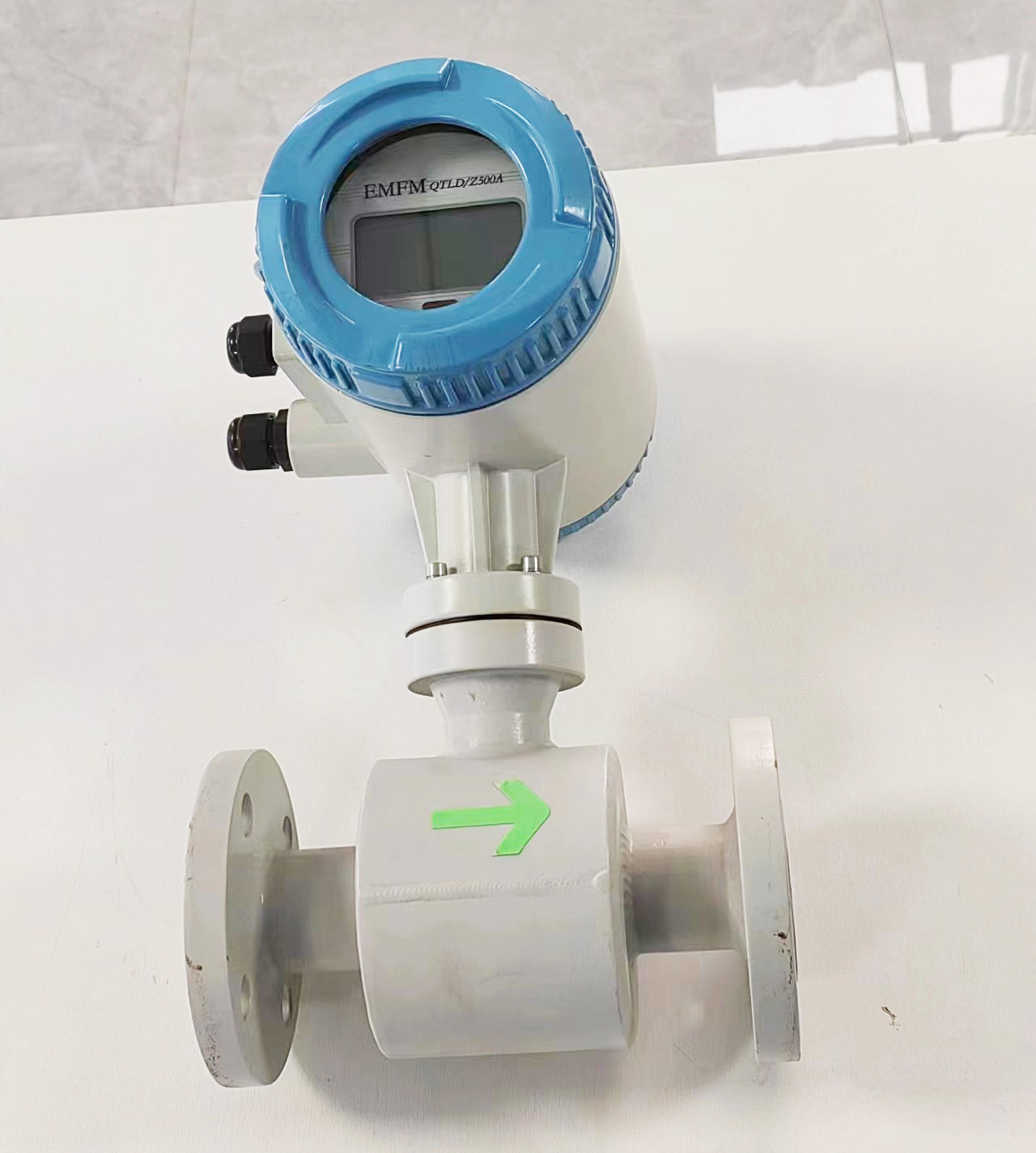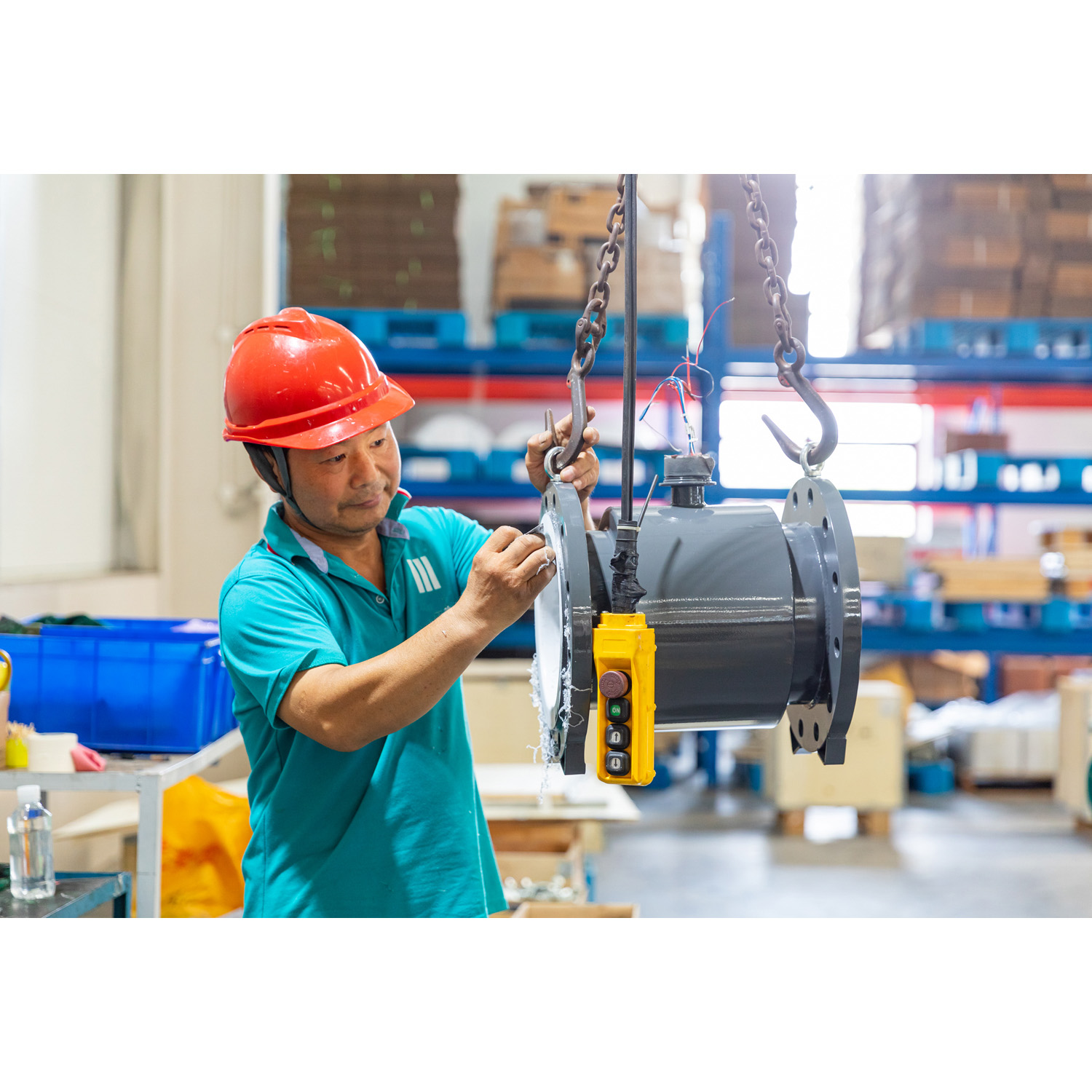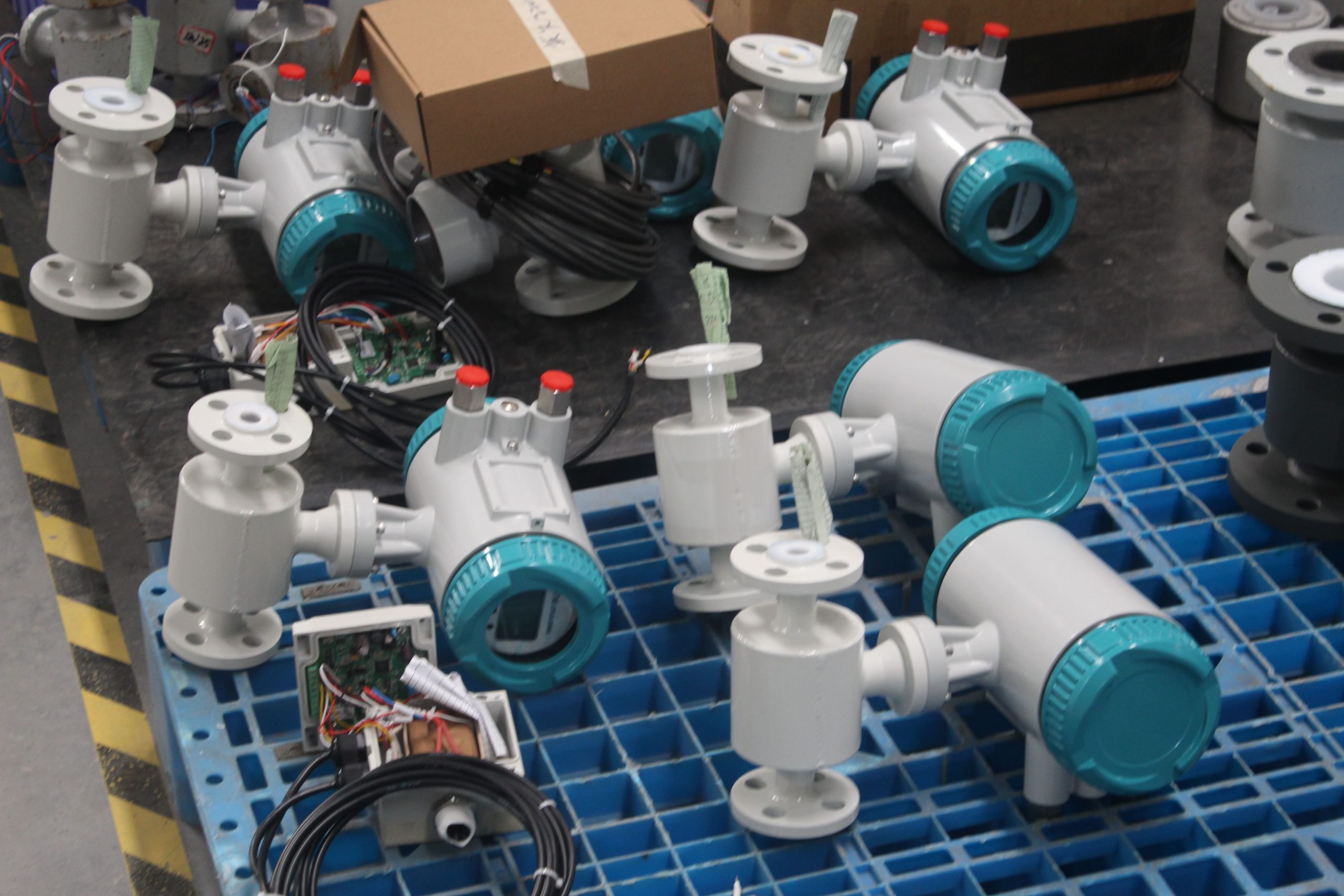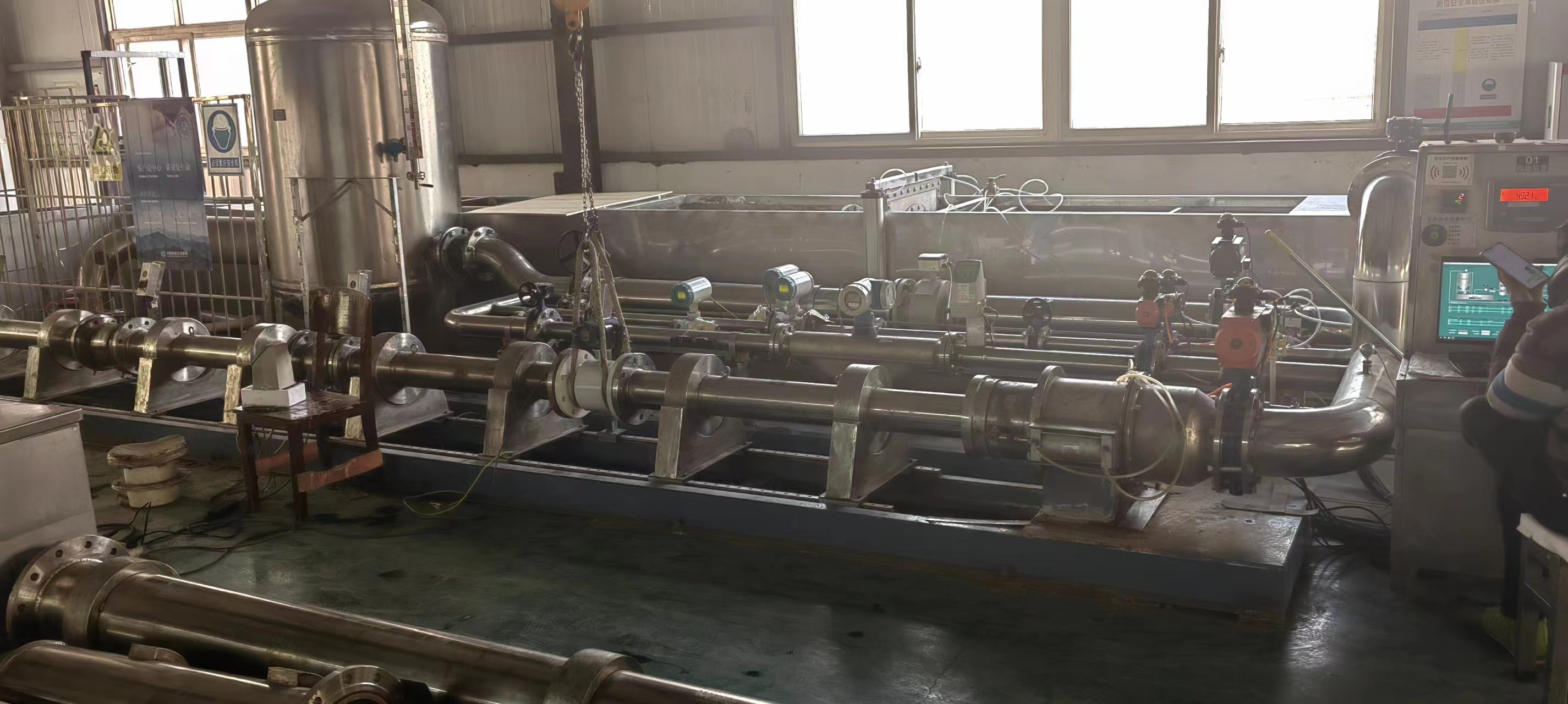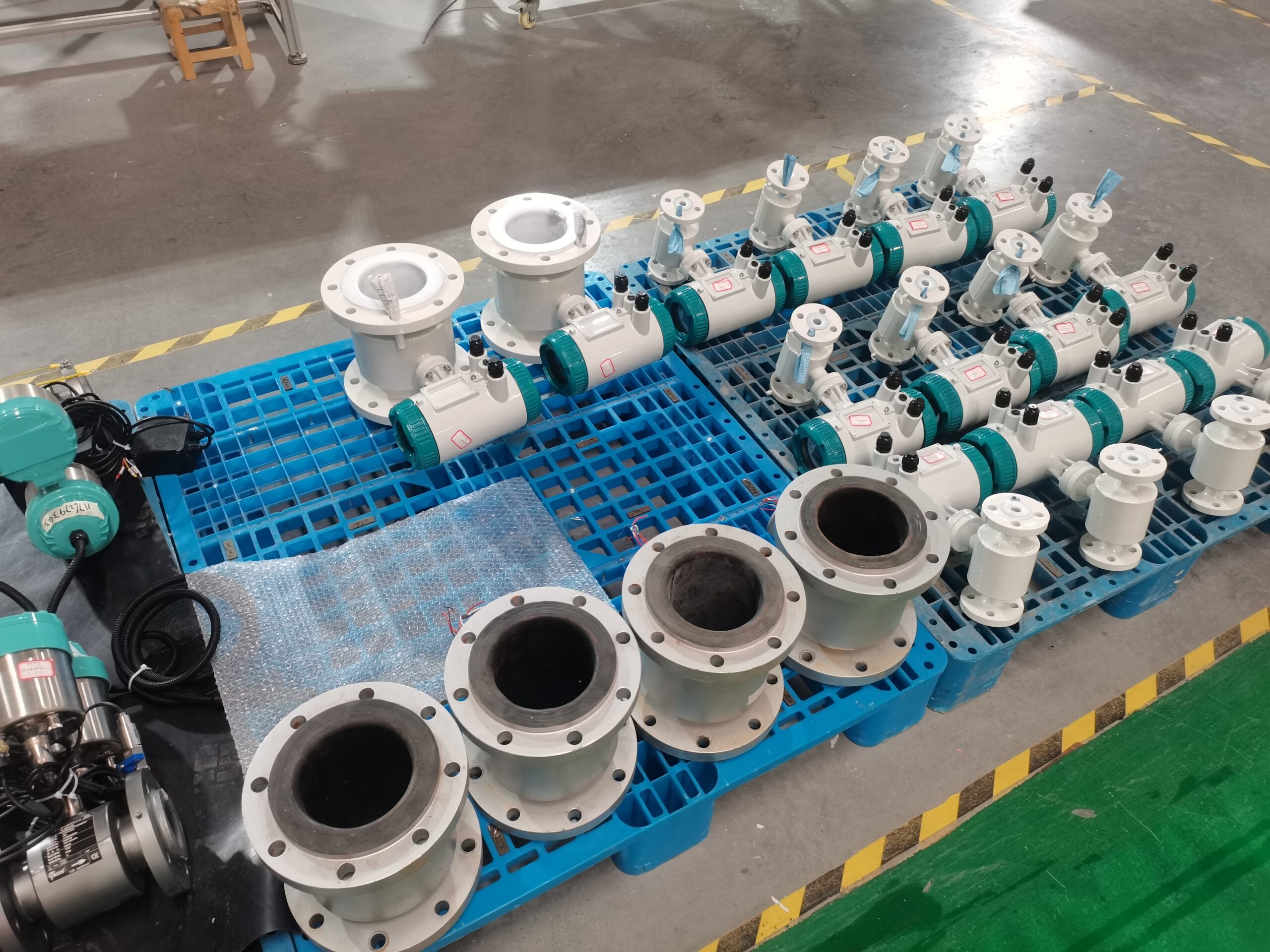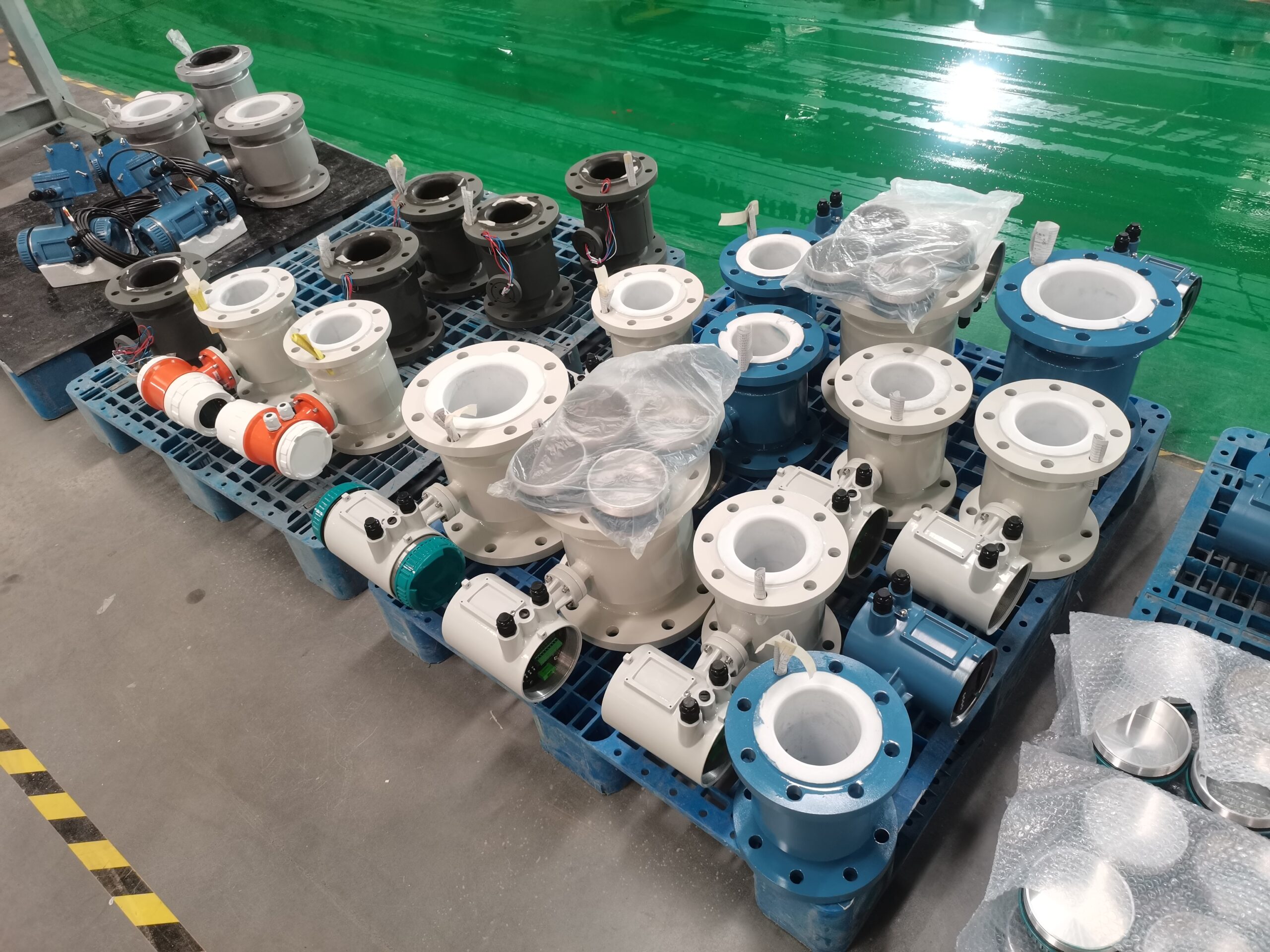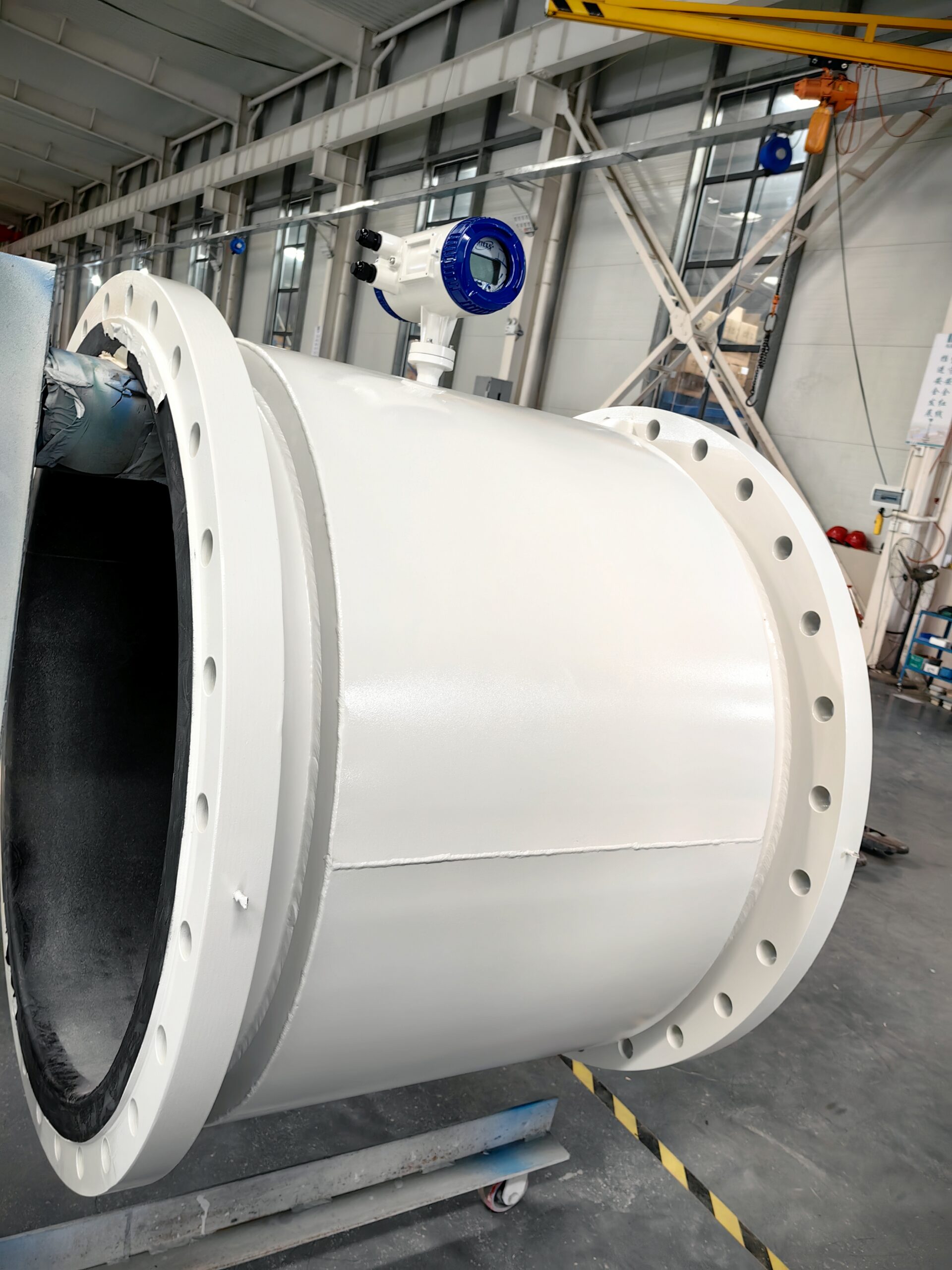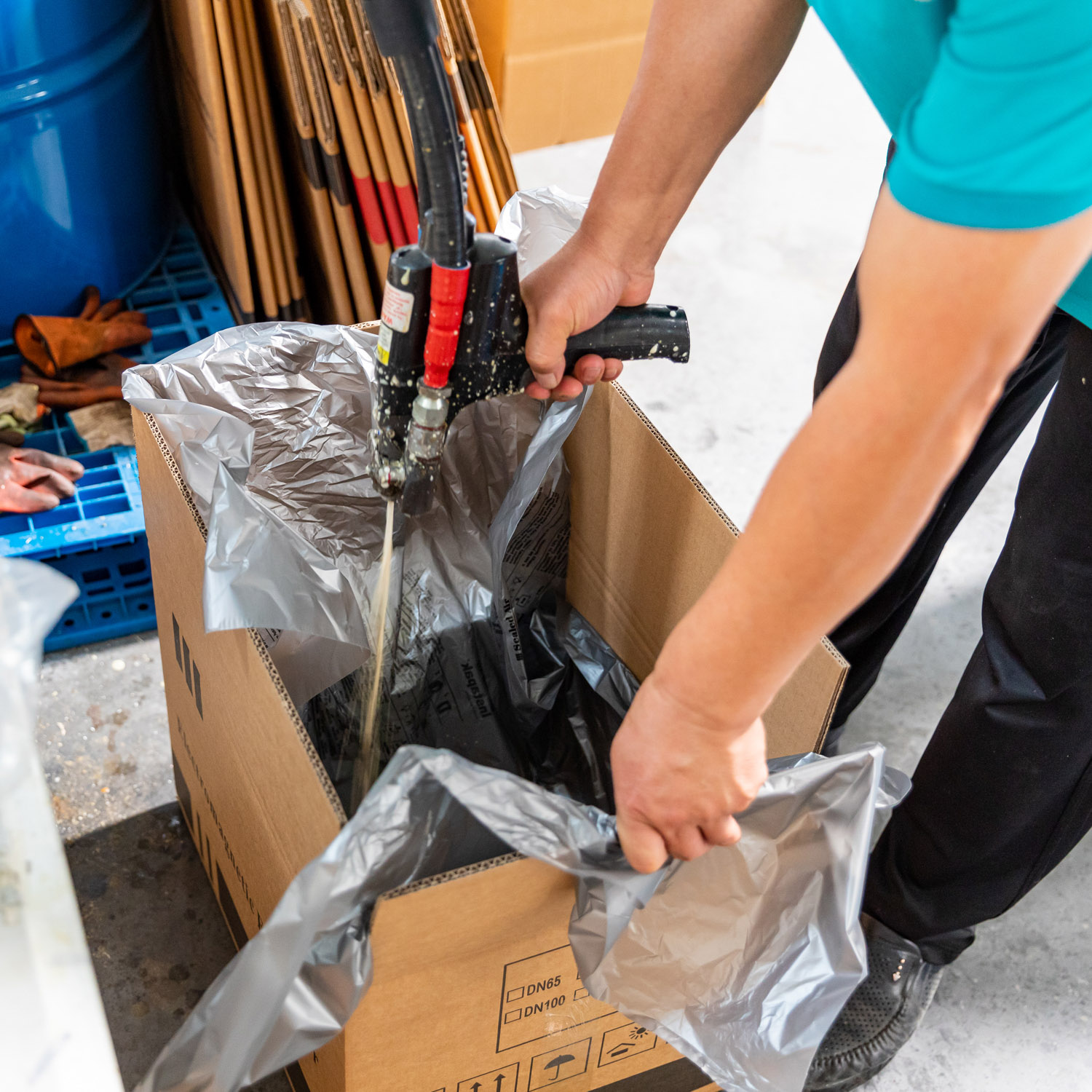How should the electrode of intelligent electromagnetic flowmeter be maintained
Intelligent electromagnetic flowmeter has a pivotal position in liquid measurement with high measurement accuracy and stable performance. It can be seen everywhere, today we mainly talk about the intelligent electromagnetic flowmeter in daily use, which parts – electrode related maintenance points:
1. Before using the electromagnetic flowmeter, it is necessary to calibrate the electromagnetic flowmeter with a standard PH solution. After calibration, before operation, we must pay attention to clean the electrode of the electromagnetic flowmeter with distilled water first, and then clean the electrode with the measuring liquid again.
2. After the use of the electromagnetic flowmeter, we should put the electrode sleeve of the electromagnetic flowmeter on the sleeve, put less saturated solution inside, as long as the electrode bubble is wet, but remember not to soak in distilled water.
3. If you do not use the electromagnetic flowmeter, when you remove the electrode of the electromagnetic flowmeter, you should pay attention not to let the touch of the electrode collide with a hard object, otherwise as long as the damage will affect the use of the electrode.
4. Usually pay attention to keep the electrode clean, do not let it have a short circuit on both sides of the output, otherwise it will make the measurement inaccurate, affecting the use of electromagnetic flowmeters.

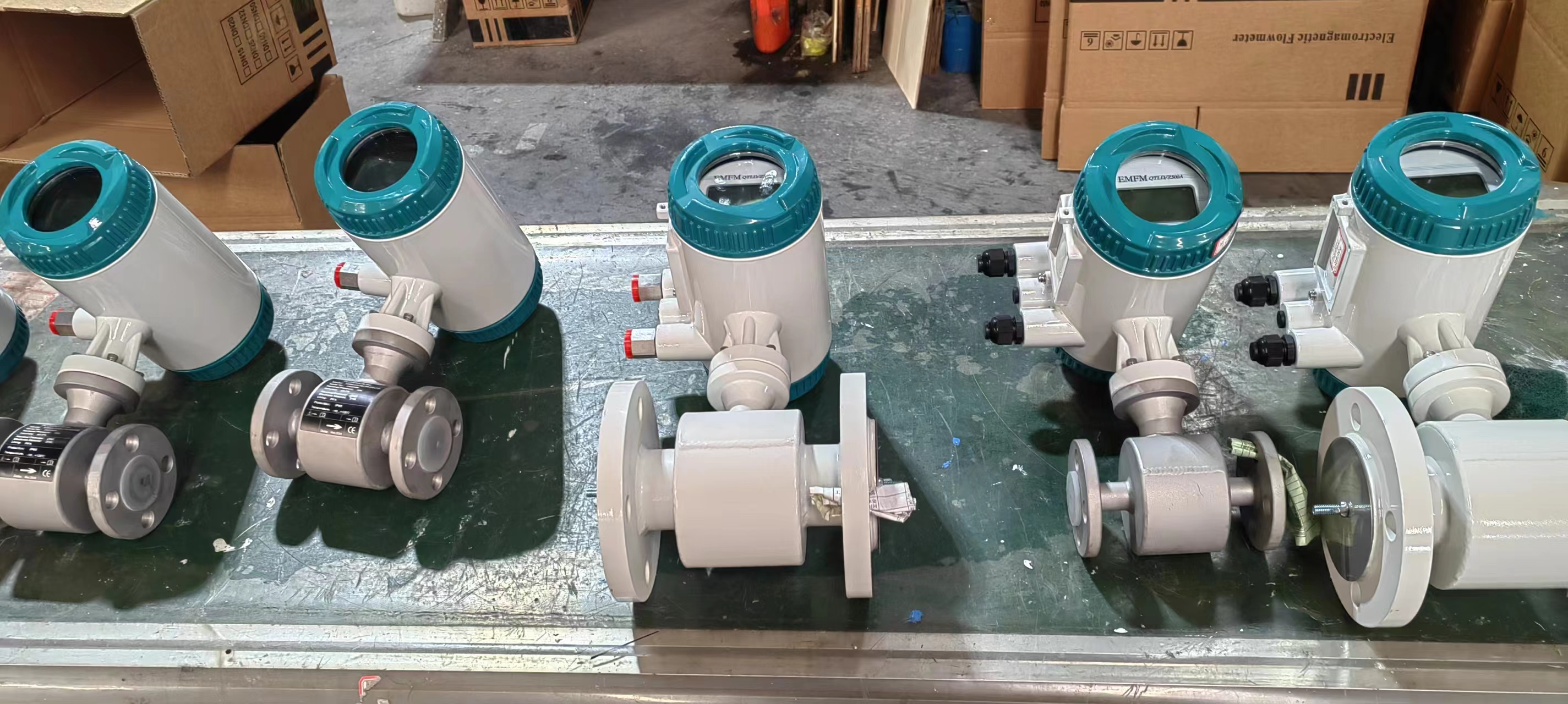
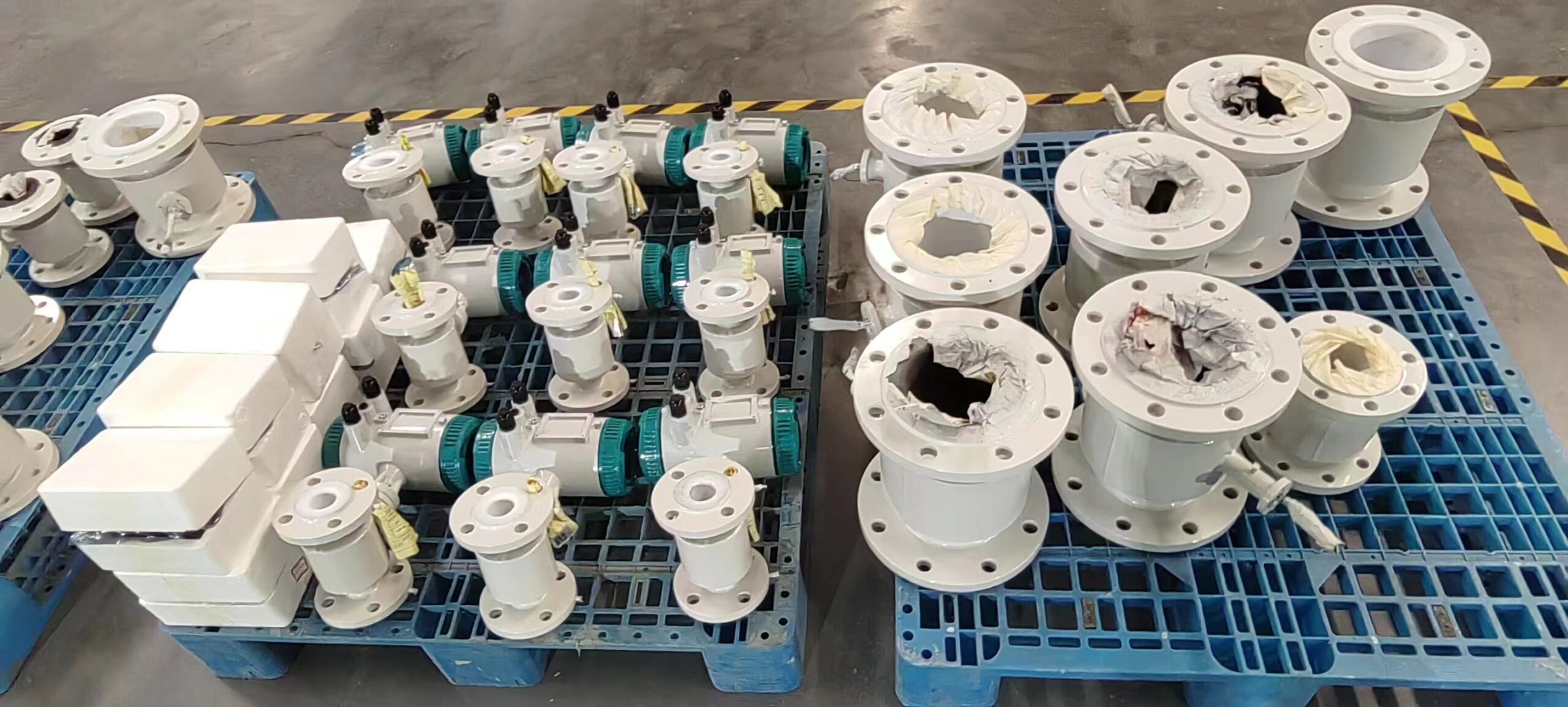
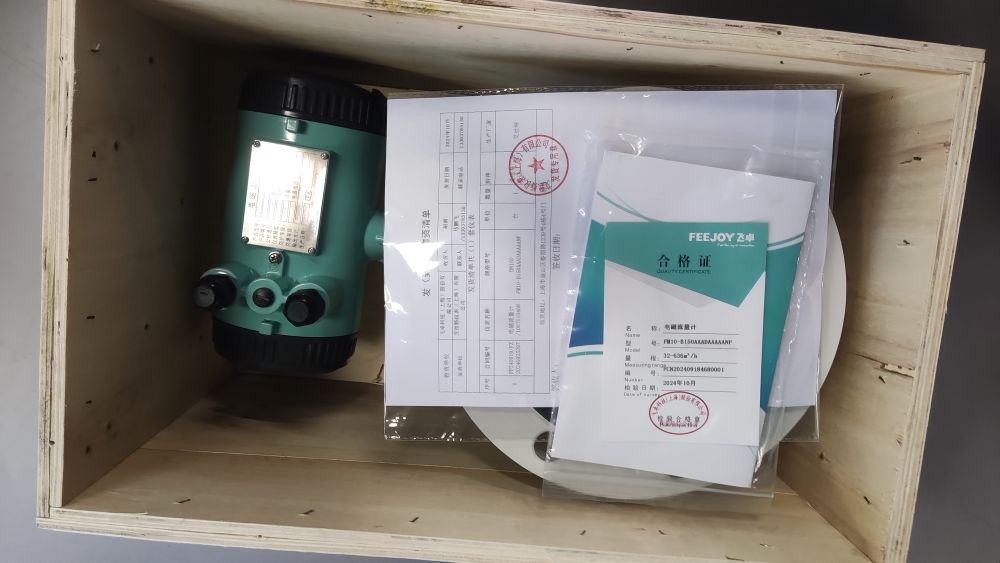
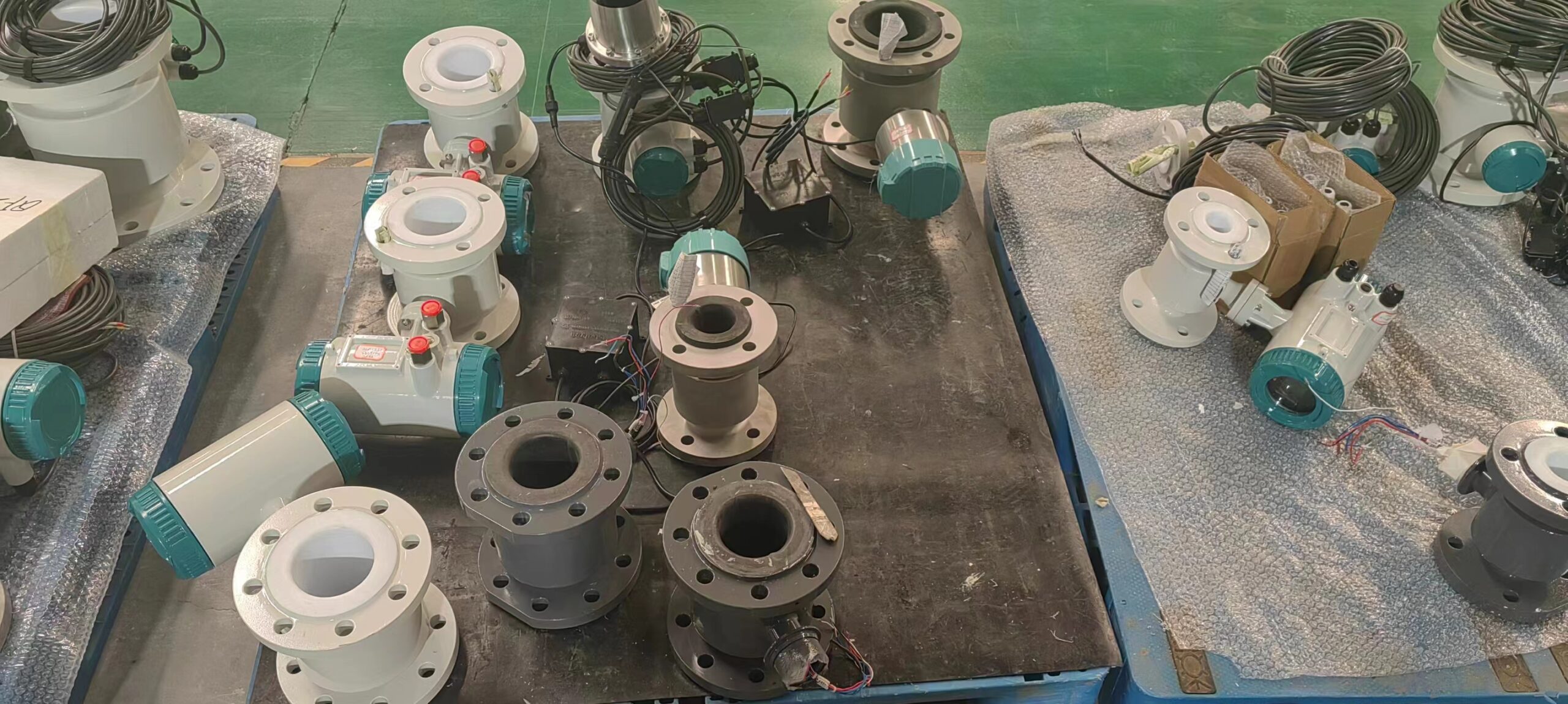

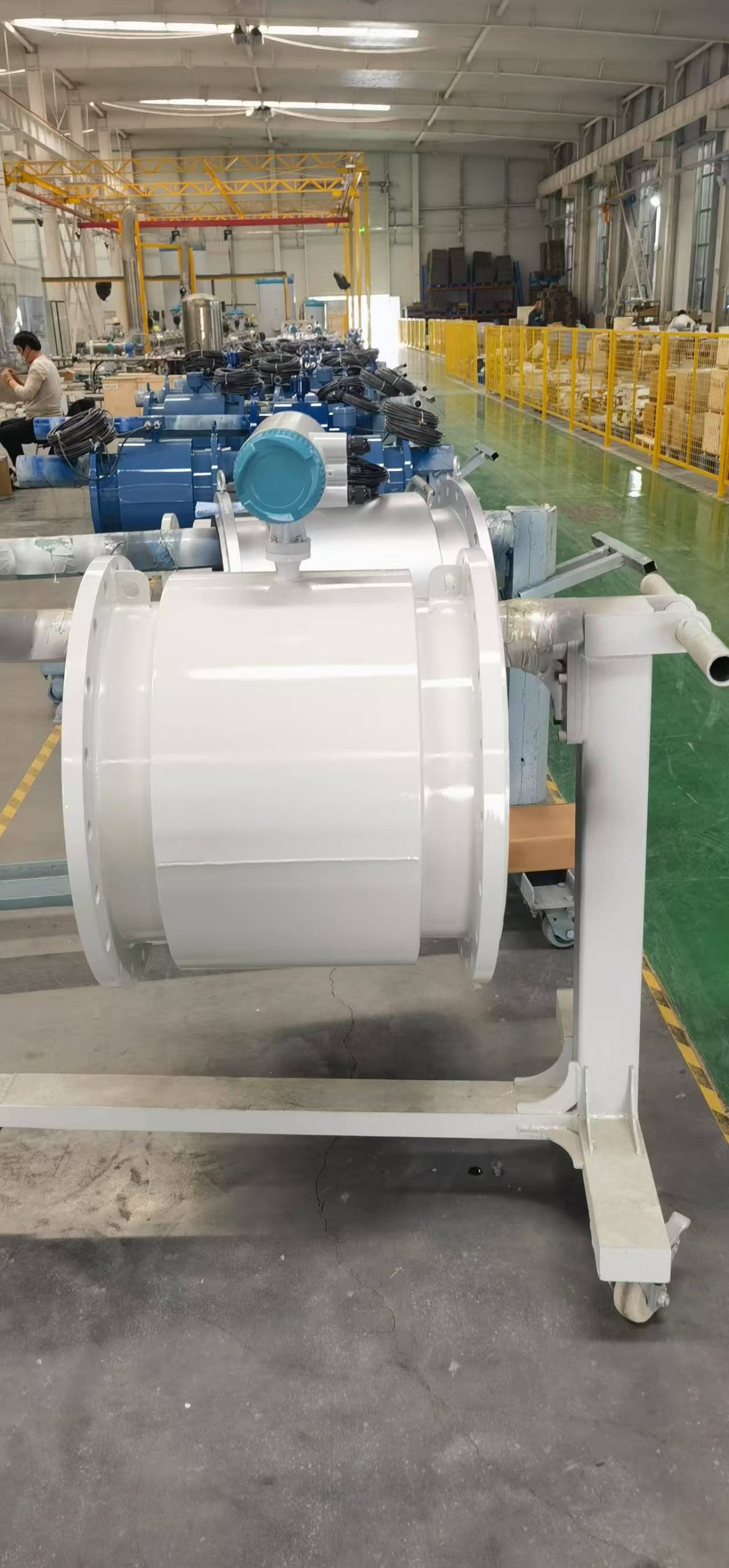

-.jpg)

